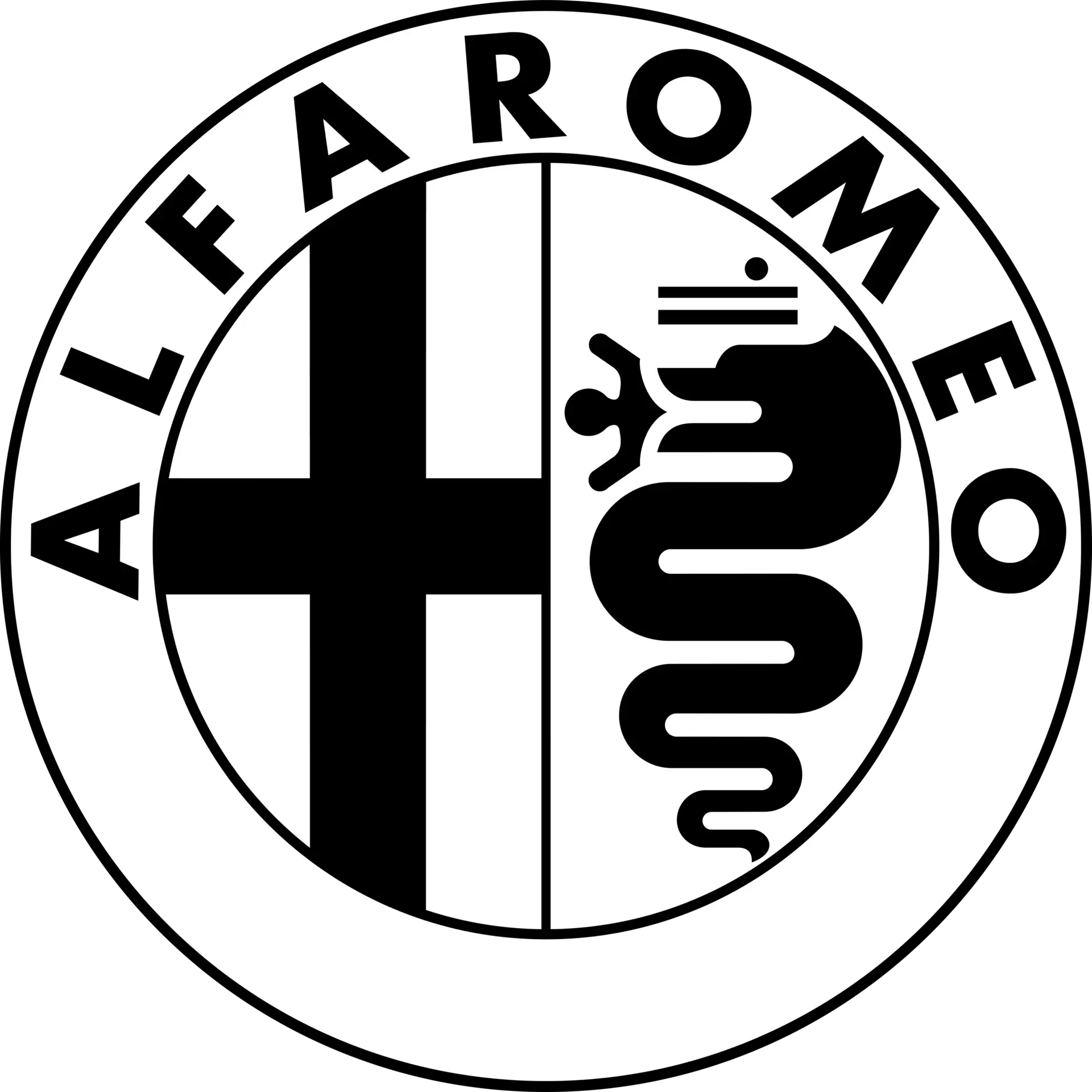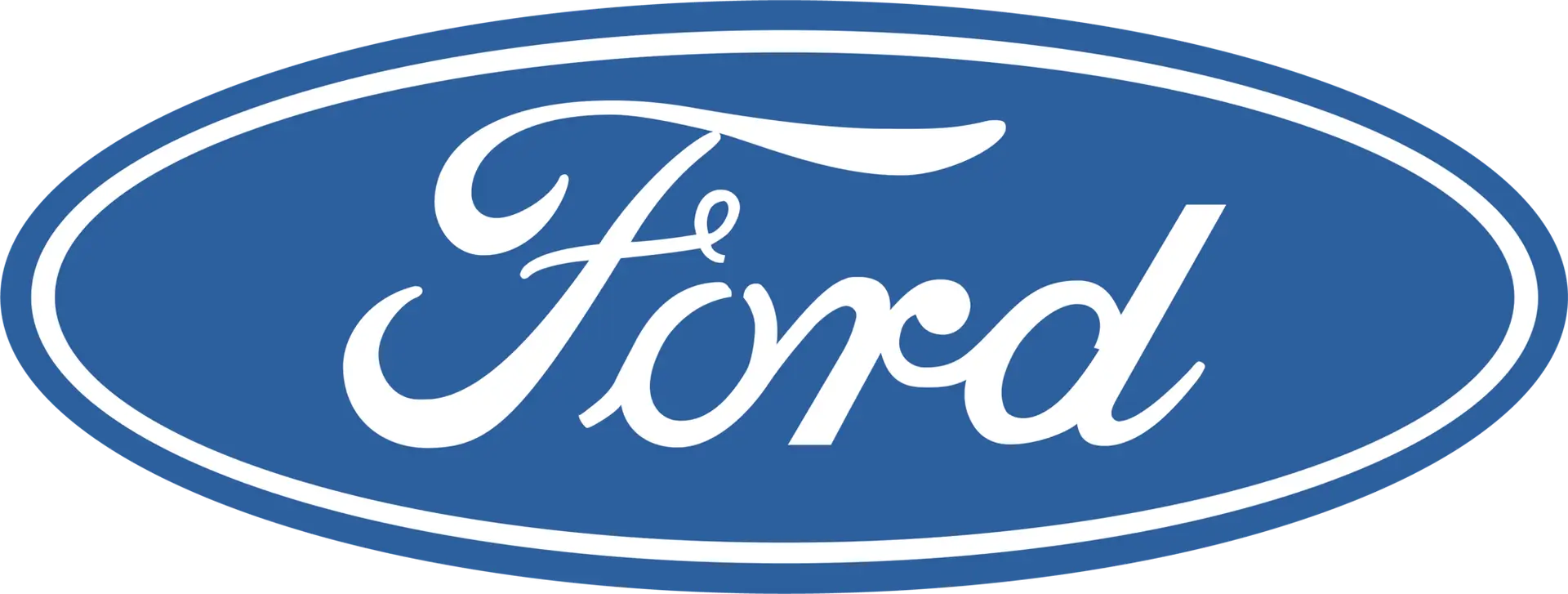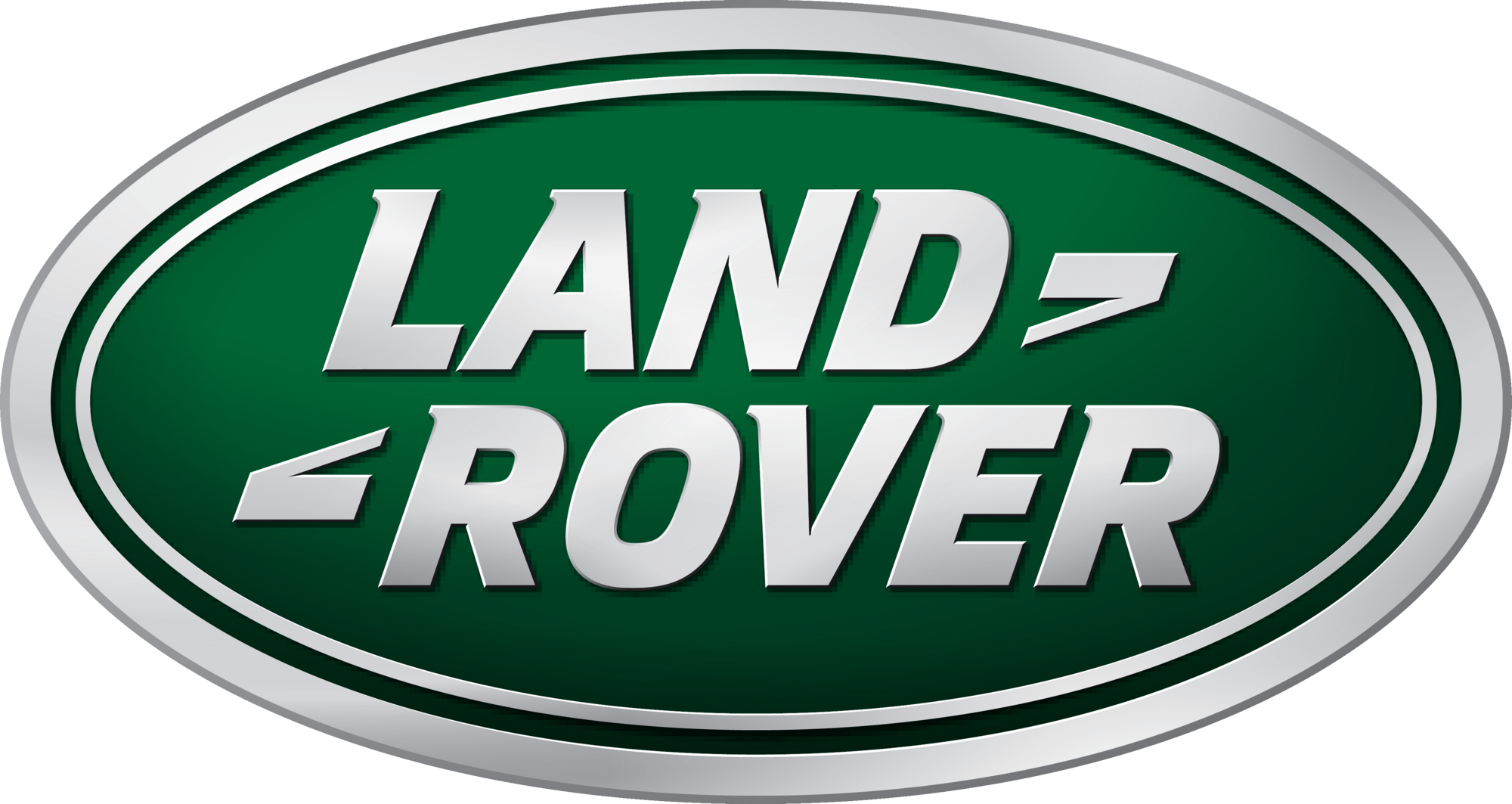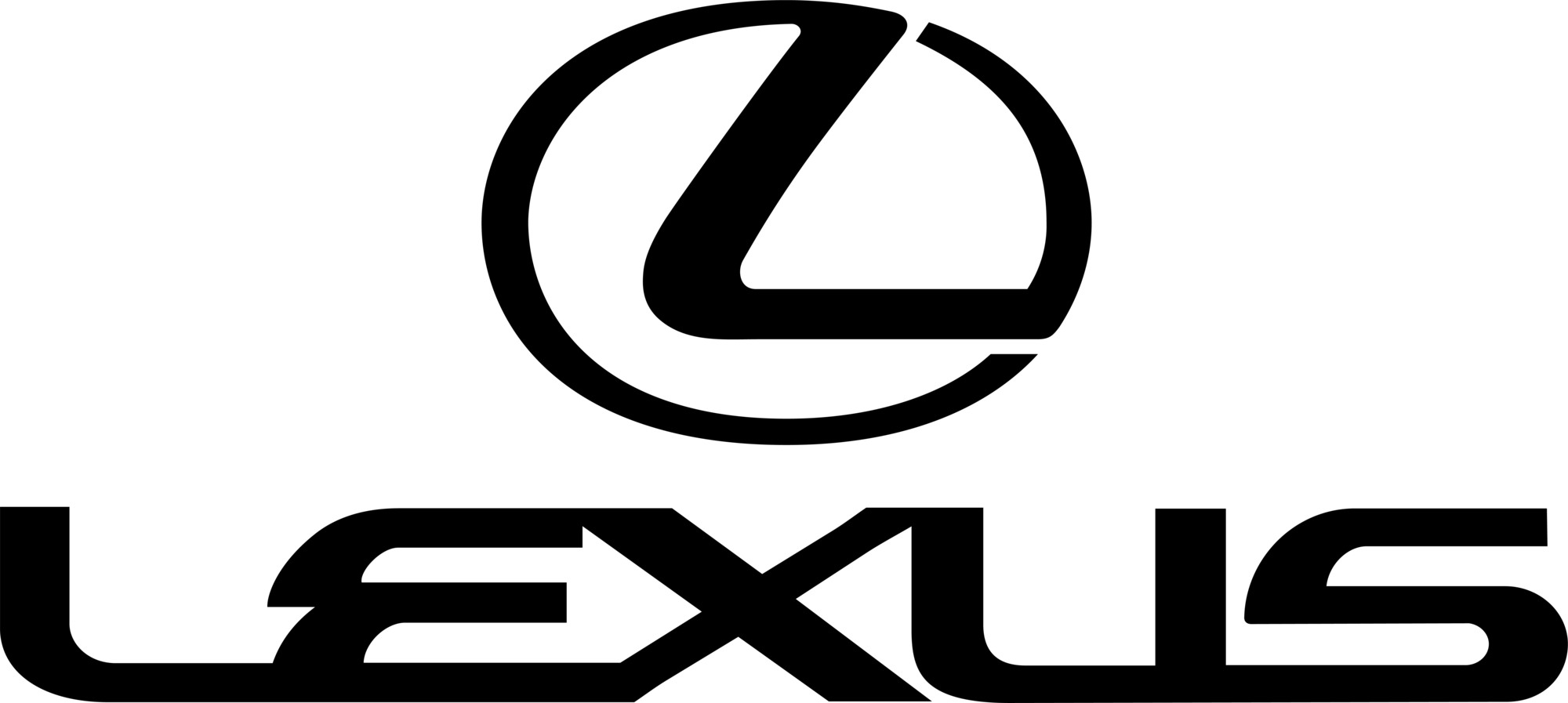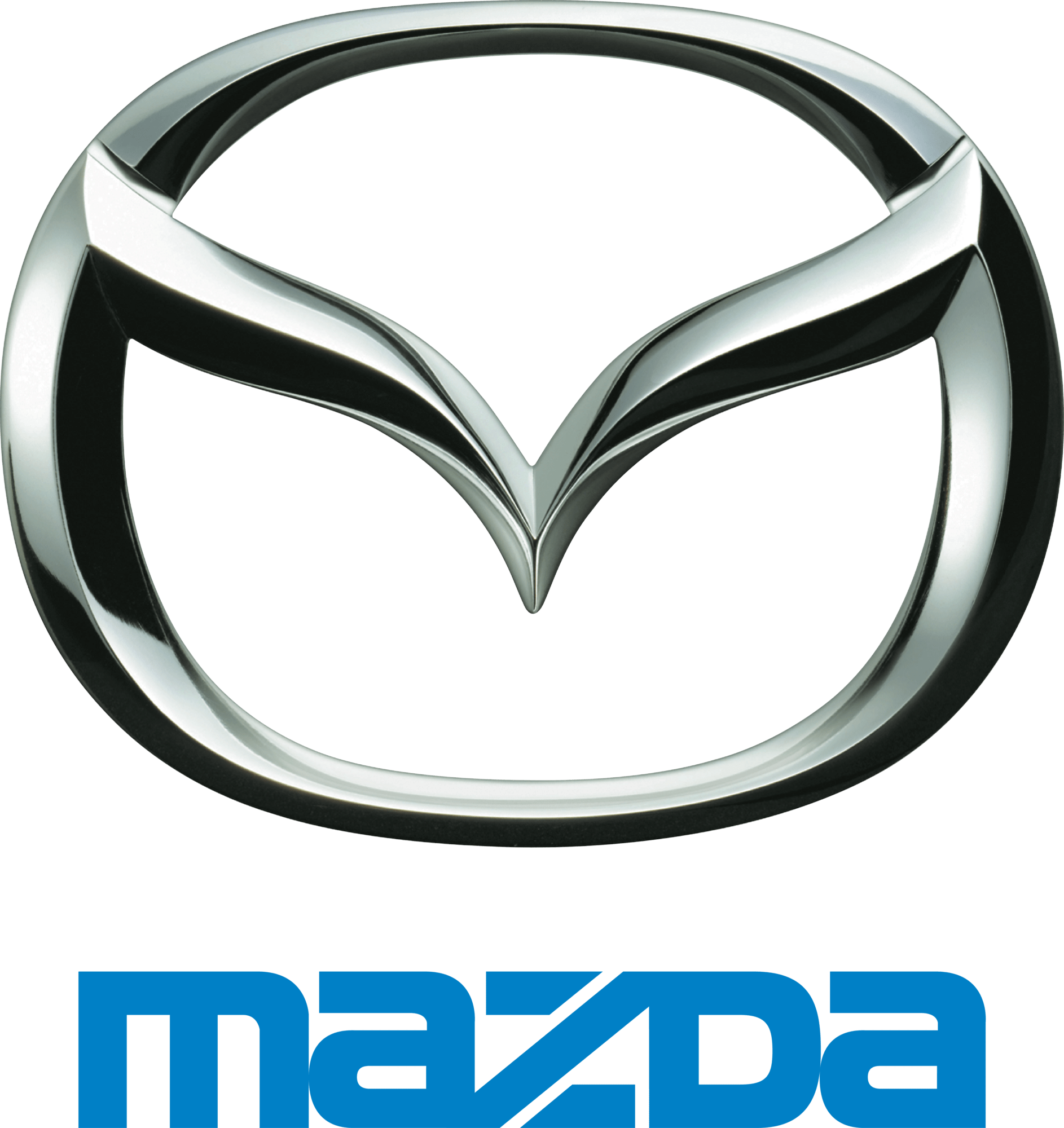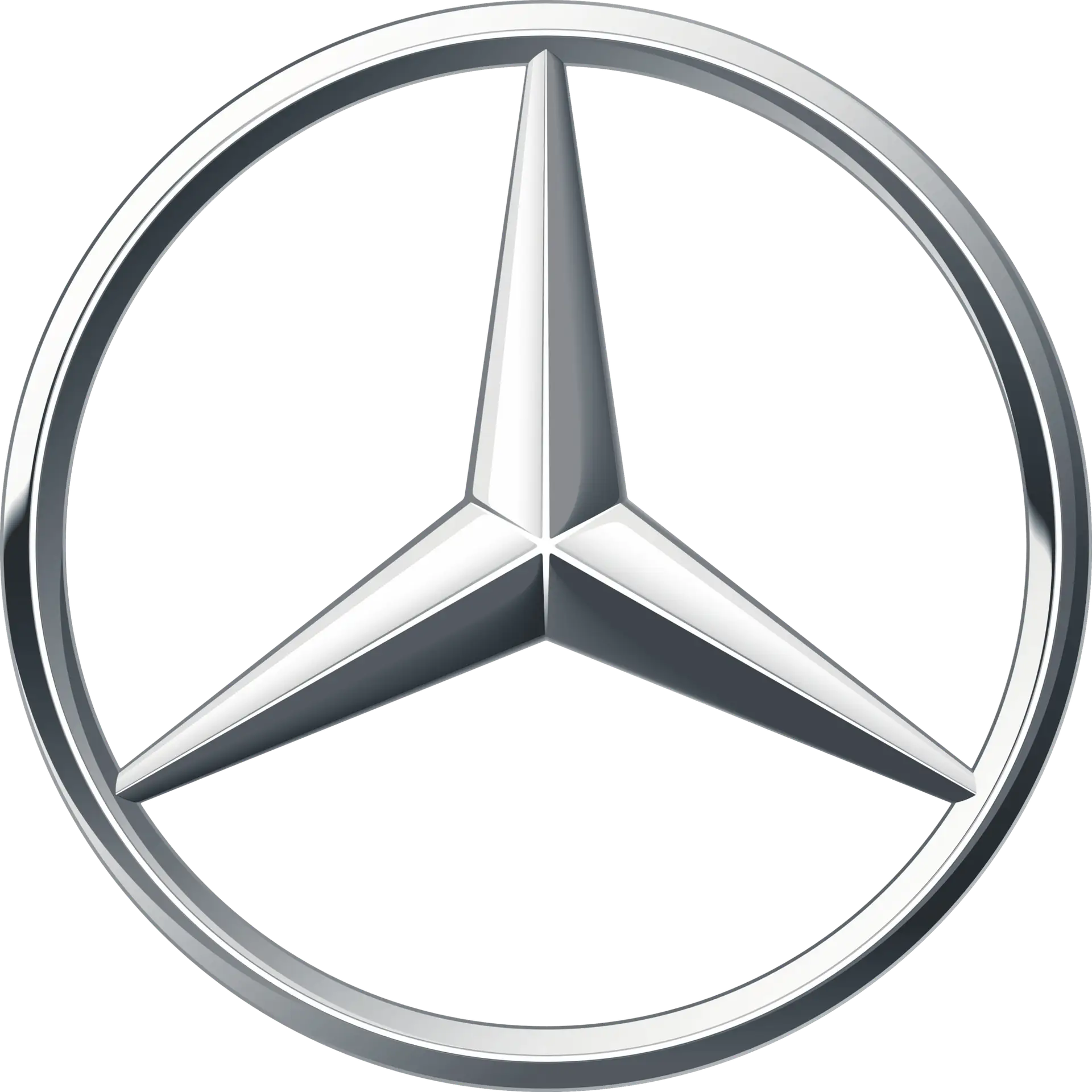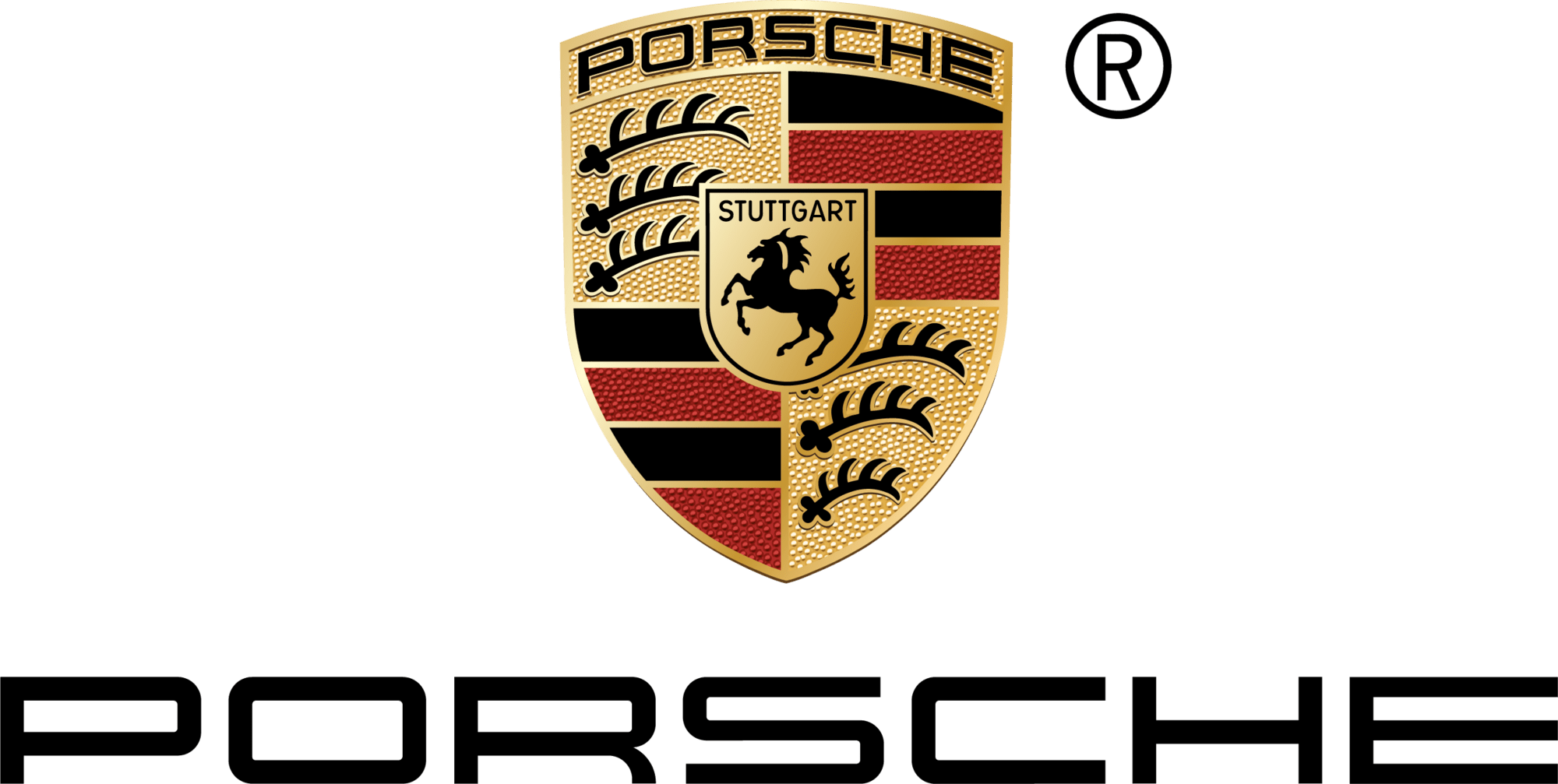So, which option is best for you? In this article, we’ll break down the pros and cons of each,
explain where used OEM headlights fit into the picture, and help you make an informed
decision.
What Are OEM Headlights?
OEM headlights are made by the same manufacturer that supplied parts for your car when
it rolled off the production line. They are:
- Designed specifically for your make and model
- Guaranteed to fit and perform as the original headlights did
- Often the standard that insurers and dealerships prefer when replacing damaged parts
In short, OEM parts are “factory originals.”
What Are Aftermarket Headlights?
Aftermarket headlights are produced by third-party companies not linked to your car’s
manufacturer. They are: - Designed to fit multiple vehicle types rather than being car-specific
- Usually cheaper than OEM equivalents
- Sometimes styled differently (e.g., tinted housings, LED strips, or custom designs)
While some aftermarket brands are high-quality, others may cut corners to reduce costs.
Comparing OEM and Aftermarket Headlights
- Cost
- OEM: Typically more expensive, especially if bought new from a dealership.
- Aftermarket: Cheaper upfront, but quality varies, meaning long-term value isn’t always
guaranteed.
- Fit and Compatibility
- OEM: Guaranteed perfect fit and factory alignment.
- Aftermarket: Fit may vary. Some units require adjustments or modifications during
installation.
- Quality and Performance
- OEM: Meets manufacturer standards and is built to last.
- Aftermarket: Can range from excellent to poor. Some may not meet UK road safety
requirements.
- Warranty and Insurance
- OEM: Often backed by warranties and preferred by insurers.
- Aftermarket: May not always come with a warranty, and insurers might not approve them
for repairs.
- Aesthetics and Customisation
- OEM: Sticks to the factory look.
- Aftermarket: Can offer unique styling options, which appeals to drivers who want a
customised look.
Where Do Used OEM Headlights Fit In?
For many drivers, used OEM headlights strike the ideal balance. They: - Cost significantly less than new OEM parts
- Still offer perfect fit and original quality
- Are more reliable than budget aftermarket options
- Are an eco-friendly choice by giving parts a second life
Used OEM is particularly popular among drivers of older cars, where the cost of new parts
may exceed the vehicle’s value.
Safety Considerations
When it comes to something as important as headlights, safety should always come first.
The risks of choosing low-quality aftermarket units include: - Poor light output, reducing visibility
- Faster wear and tear
- Potential MOT failure if they don’t meet UK standards
OEM and high-quality aftermarket headlights can both be safe options—but if you’re
unsure, OEM (new or used) offers peace of mind.
How to Choose the Right Option for You
When deciding between OEM and aftermarket headlights, consider these questions:
- What’s my budget?
- If cost is the main factor, used OEM or reputable aftermarket may suit you best.
- How important is originality?
- If you want your car to stay factory-spec, OEM is the way to go.
- Am I planning to sell the car soon?
- Buyers often prefer OEM parts, as they maintain the car’s original value.
- Do I want a customised look?
- Aftermarket units may appeal if you want a different style or upgraded lighting features.
Final Thoughts
Both OEM and aftermarket headlights have their place, and the best choice depends on your
needs and budget. - OEM headlights guarantee reliability, fit, and quality—but come at a higher cost if bought
new. - Aftermarket headlights can be cheaper and offer more styling options—but quality varies,
so caution is needed. - Used OEM headlights often give the best balance, offering original performance and safety
at a much lower price.
Ultimately, the right choice is the one that keeps your car safe, road-legal, and suited to your
driving needs.

